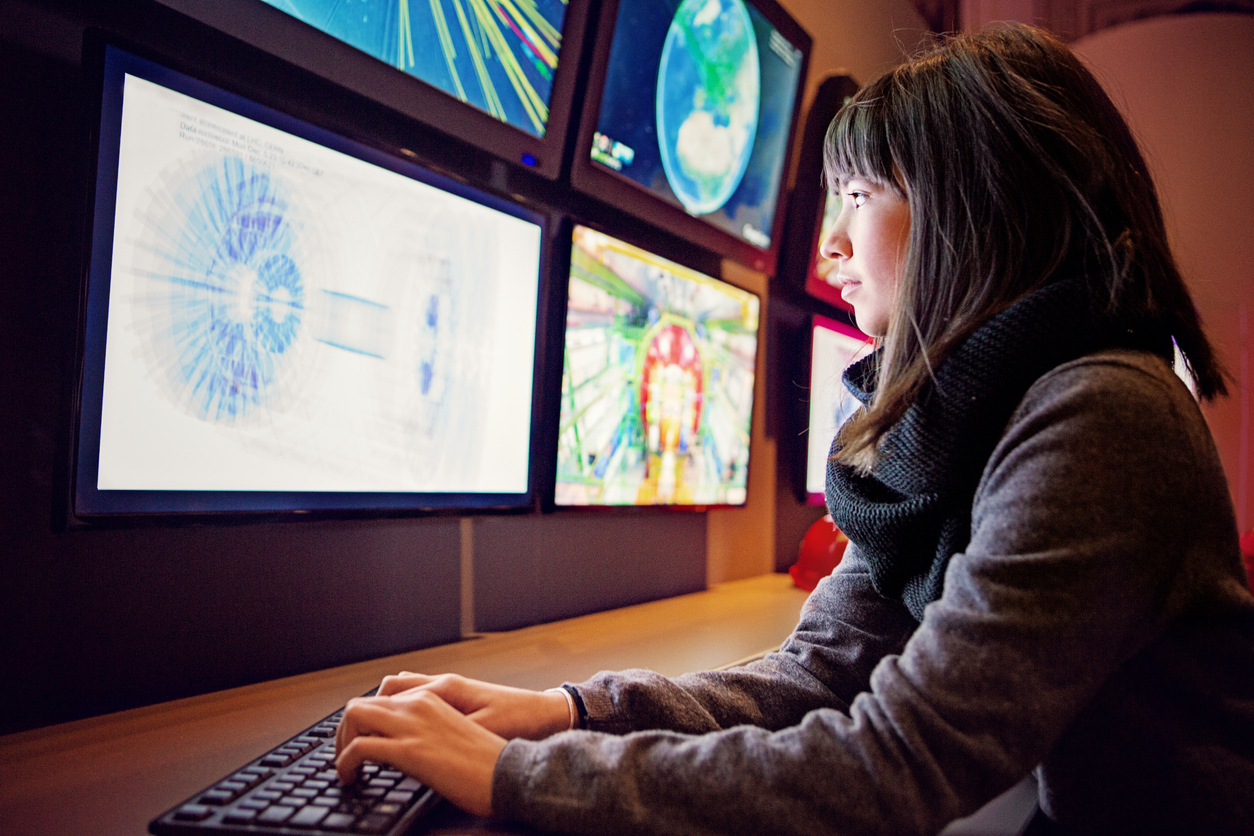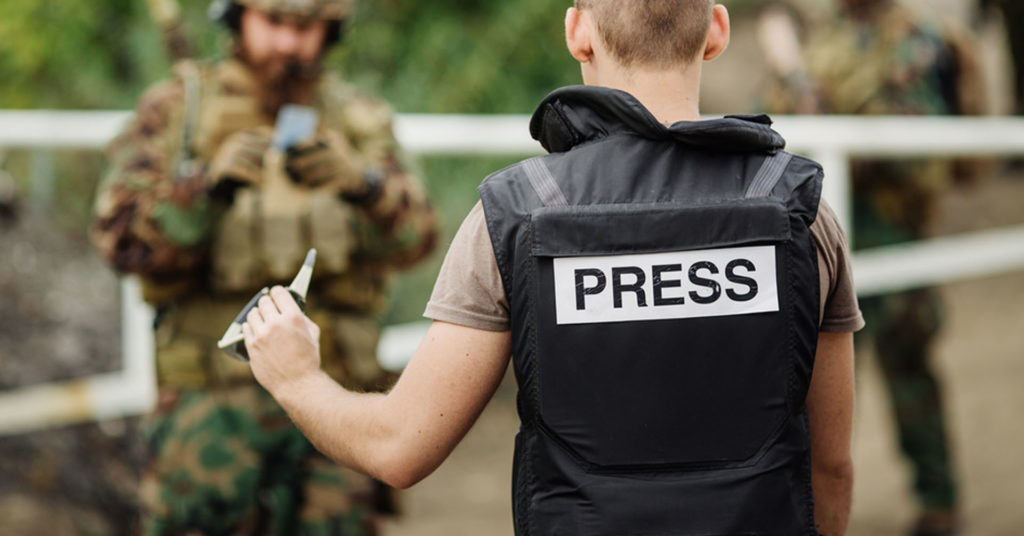
The Associated Press on Improving Journalist Safety
Ian Phillips, Vice President of International News for The Associated Press, shares his advice for ensuring the safety of traveling, dispersed, or lone workers.
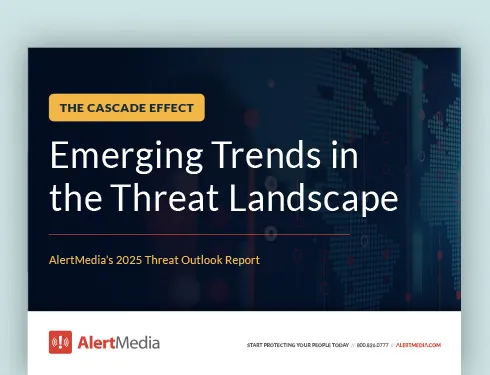
Journalists face increasing risks today. From civil unrest and military coups to stalking and online harassment, responding to and reporting on events can come with a lot of danger.
That’s why Ian Phillips, Vice President of International News for The Associated Press, was tasked with launching a new initiative focused on the safety, security, and mental well-being of journalists.
In this episode, guest host Sara Pratley speaks with Ian about his new role and his advice for ensuring the safety of any traveling, dispersed, or lone workers.
You can listen to the episode below.
Q&A With Ian Phillips, Vice President of International News for The Associated Press
How would you describe your new assignment and your primary focus in this role?
I was asked by our executive editor to focus on safety, security and crisis management for a year. Safety has to be at the heart of so many decisions we make around the world every day. This role has given me a great opportunity to take a break from the fast lane that is day-to-day news and focus more strategically on where AP needs to be in terms of physical security, defending people against online harassment, and preparing for crises such as arrests, injury, or even death.
What are the circumstances surrounding this new assignment? What are journalists experiencing that led AP to focus more heavily on their safety and security?
The world is genuinely getting more dangerous. In the beginning of my career, the Middle East seemed to be the epicenter of all threats that we faced as journalists. Today, risk is spread across the entire globe, including here in the US. Risk can take many forms. For example, an anti-COVID vaccine rally can be a dangerous place for a young journalist who doesn’t have hostile environment training. There are coups happening around the world and as news agency journalists, we have to be like first responders, ready to witness unfolding events. This can come with a lot of danger.
“Safety has to be at the heart of so many decisions we make around the world every day.”Ian Phillips Vice President of International News for The Associated Press
There’s also the issue of online harassment. There are people out there who will not only abuse you online, but also stalk you or threaten your families. We have to prep our people for that sort of scenario before and after a story is published. PTSD (post-traumatic stress disorder) used to be associated with frontline journalists in war zones, but now we’re seeing it in mainstream Western countries it wouldn’t normally be associated with. PTSD can impact people facing stalking or harassment, but also editors and producers who are dealing with monitoring nasty content online.
Let’s talk more about this evolution of journalist safety. How has it evolved throughout your years in the industry?
There is increasing polarization and anger in the world. Years ago, a journalist would write a story, hope it’d get published in a newspaper, look forward to a clipping, and be proud when they saw it. Today, things are published instantaneously, and online reactions can be severe. It seems to me that we’re in an environment where people don’t want to listen to the opinions of others anymore. Some people make up their minds about something and when they read or hear something contradictory, they get angry and target the people that do that work. We’ve seen cases of our journalists being confronted at home by critics who found their address on Google Earth or even figured out where their kids go to school. This is something we are increasingly putting our focus on protecting for.
What advice do you give to these journalists in the field that are potentially being targeted, whether it looks legitimate or not?
We don’t have the perfect answer, but many times, people just need a break from social media. We encourage our journalists to step back and not respond to a trap that’s being set. However, that doesn’t always apply. Some journalists may feel like their reputation is at stake and want to speak out and say their piece. My response is, let the company do that. At AP, we have our employees’ backs and take harassment seriously. If necessary, we might come out with a statement or even get law enforcement involved. But a lot of the times, if you just take a break, get off social media, and don’t respond, the situation goes away.
Let’s dive into how you go about solving for some of these safety and security challenges. Where did you start?
We’ve always done risk analysis for assignments in hot spots, but that field is evolving. The first challenge for me was to take a look at how we assess risk when we go into hot spots.
This takes the shape of a Q&A:
- Do we have the right protective equipment?
- What are our options in terms of evacuation or emergency situations?
- What routes will we be taking?
- Is there research we can do to look at what risk that might entail?
- What sort of danger do we need to prepare for when we’re in that situation?
That’s due diligence, but in my new role, I’m looking to expand on that. It’s not just about location anymore. Traditionally we’ve thought of risk as the places you go to. Today, risk is also about who you are, and that comes with many dimensions. Gender, sexual orientation, and religious belief are just some examples of individual risks that weren’t considered in the past. We also look at the makeup of our teams. If somebody has less experience, we team them up with someone that knows the lay of the land. It sounds overwhelming to consider all of the risk, but a lot of it is about building on practices that organizations like AP have always had. Because this is an evolving field you also have to plan for the unexpected.
Are you communicating with other media outlets or industry peers to problem-solve?
One project I’m working on with a colleague at the AP is building a network of diplomats and influencers that could help us in a crisis. We’ve had journalists arrested in Myanmar, Sudan, China, and Ethiopia all in the last year or so. There’s nothing worse than getting that news and wondering where to start or who to call. We’re trying to prepare for those situations by building up a team of diplomats, people with economic leverage, lobbyists, and anyone who can influence decisions and help get journalists out of arbitrary arrests. Most often, it’s somebody who’s just doing their job. They haven’t done anything wrong, they haven’t broken any laws, but they got swept up or pulled in by a junior police officer and are thrown into prison. In situations like that, we need all the help we can get, so preparation on all fronts is key.
What is AP doing to help with the mental health of journalists, both to prepare them for a potentially difficult situation and provide assistance after they’ve experienced one?
We’ve teamed up with Pan American, a group that’s done a lot of work with online harassment training, to create courses that feature real-life scenarios so that our people understand that while it might not be happening to them right now, it could be coming their way. We also prepare our people by training them on digital hygiene. These days, it’s very easy to find the identity and the location of individuals and journalists. Most people’s lives are all over the internet or social media. We teach our employees about their options and ways to protect their identities online. In extreme cases, some journalists no longer feel comfortable putting their name on a story’s byline. This is sad because they’ve put in on a lot of work, but we understand why it could be the best option to protect their family and their mental health. Talking and listening is also key for us at AP. Calling an individual, hearing them out, listening, letting them talk about the stress they’re facing—even that can be a great help.
How can an organization better protect their employees or improve their safety and security programs?
Personalize what you do. Pick up the phone. We’ve all lived in the world of email for so long, but there’s nothing like a phone call. Talk to your people, see how they are, see what they are experiencing and what their concerns are. You’ll learn a lot more. In journalism, things are often more dangerous than conveyed in an email. If you build a relationship with someone, they will open up and you can do a more tailored assessment of their safety and mental health needs. We work in very large companies with people spread out around the world, but that one phone call to ask how someone is, to say thank you for a job they’ve done, or ask after their family, that creates a bond. Being authentic and personal creates trust and the payback is becoming a better leader. Your staff are your greatest assets. That applies to all businesses, not just media. So invest in them, talk to them, let them be heard.

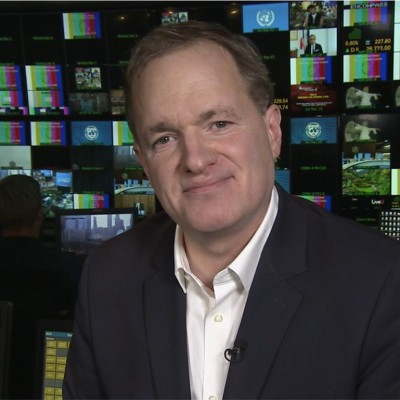
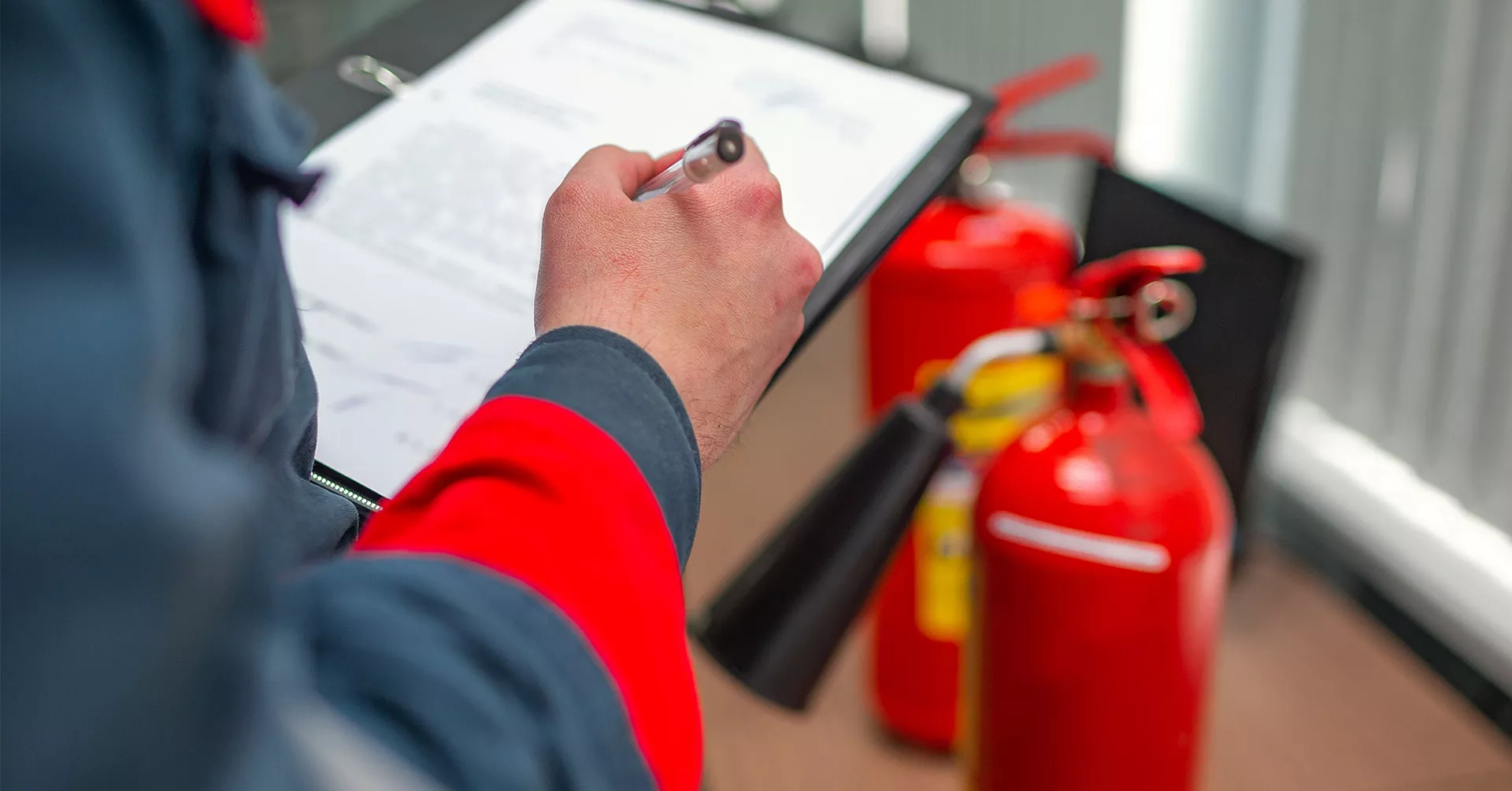
![Building a Safety Culture [Webinar Recap]](https://www.alertmedia.com/wp-content/uploads/2022/02/Blog-Webinar-Recap-BuildSafetyCulture.jpg)
